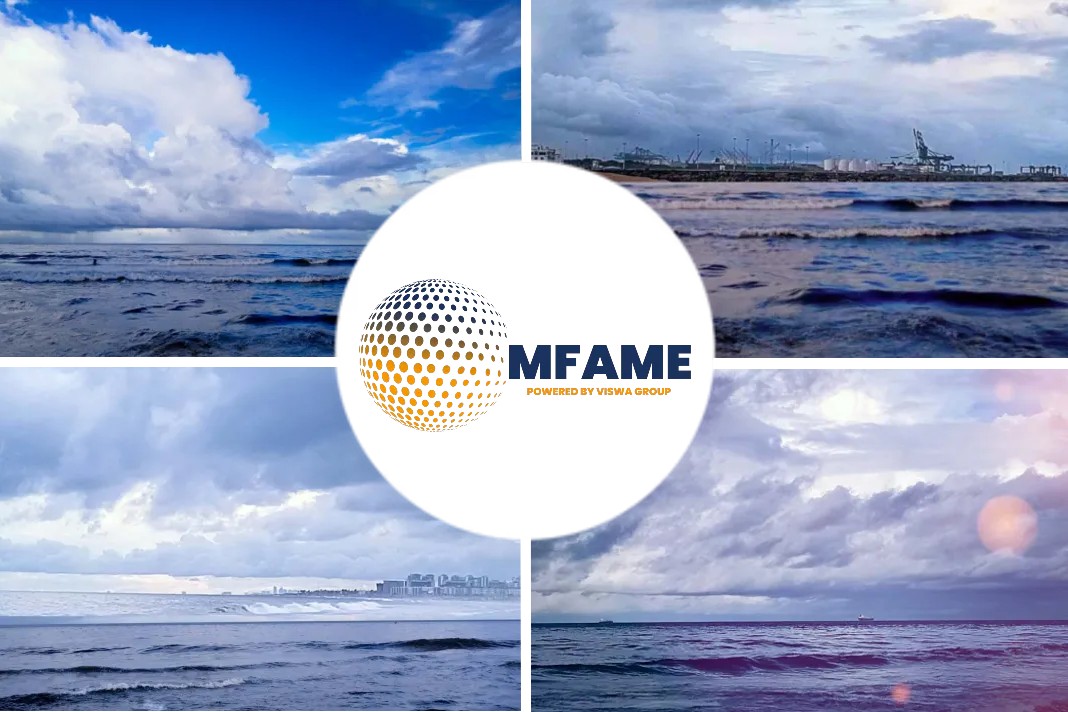- Shipping’s resilience has been tested this year, but a low orderbook does not save a market and the immediate future is riddled with uncertainty.
- Mid-term, the business models that survived this year may not be set up for a future.
- It requires financial flexibility, transparency, a smarter approach to digital integration and of course sufficient foresight to survive the decarbonisation transition.
As per a recent news article published in Lloyds List, written by Richard Meade, shipping industry has got a major disruption in 2020 and the more is yet come.
China’s early recovery and demand
The summaries of 2020 will all dissect China’s early recovery as the first major demand driver to grow since the coronavirus pandemic crashed through the global economy, and take a position on the underlying uncertainties that await in 2021.
But the shipping specific story will be the low orderbook and the insulation that provided shipping compared with previous economic crises.
Valuations have suffered
Valuations have suffered, equity capital is scarce and expensive, while banks are still, generally speaking, in retreat from shipping.
Fewer newbuildings and a subdued sale and purchase market is no bad thing given past mistakes, and anything that can finally put a nail in the coffin of speculative boom and bust shipping cycles should be welcomed warmly as a sensible step towards a more sustainable future.
The shipowner dilemma
“Buying ships today that won’t be delivered for two years and last for 25 years is a risk when we do not know exactly what fuels we will be using from 2030,” explained AP Moller-Maersk chief executive Søren Skou during a recent earnings call.
The Goldilocks risk approach
The Goldilocks risk approach — not too soon, not too late — accepts that the shipping industry will have limited agency in the pace and scope of the global energy decarbonisation transition, but assumes the basic aim of maximising energy efficiency of the transitional fleet in a bid to buy time for viable zero carbon fuel substitutions and infrastructure to emerge.
In 20 years’ time, will we look back at those who have made it and conclude it was the companies that followed the structured path, making incremental changes with the aim of consistent improvement in mind?
Or will the companies carrying seaborne trade look back at the failed analogue, carbon-fuelled business models that preceded them and wonder how the previous generation got it so wrong for so long?
Did you subscribe to our daily newsletter?
It’s Free! Click here to Subscribe!
Source: Lloyds List


















